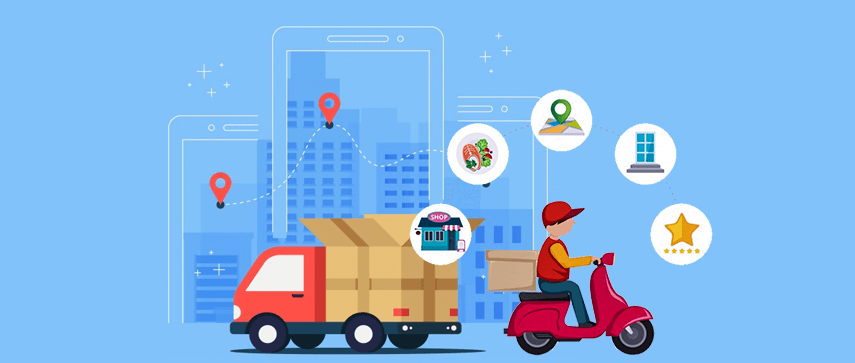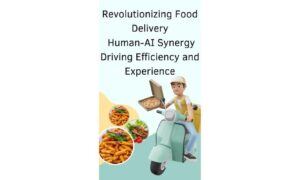As per the report published by The Brainy Insights, the global hyperlocal food delivery market is expected to grow from USD 203.37 billion in 2021 to USD 460.27 billion by 2030, at a CAGR of 9.50% during the forecast period 2022-2030. North America region emerged as the largest market for the global hyperlocal food delivery market with a 35.9% share of the market revenue in 2021. North America currently dominates the hyperlocal food delivery market due to the United States’ excellent living standards push to drive the need for online food delivery services in the region. Uber Eats, Postmates, Doordash, GrubHub -Seamless, and Caviar are the top companies in North America and are following strategies like new product development, global growth, acquisitions, and financing to expand the hyperlocal food delivery market. Other significant advantages of hyperlocal food delivery for the service providers are higher guest convenience, greater consistency of online orders, and simplified order processing.
To get leading market solutions, Visit the Link
Hyperlocal Food Delivery Market Size by Type (Salads, Soups, Lunch & Dinner, Sandwiches and Burgers, Pizza, Desserts, Beverages, and Others), Delivery Type (Platform to Consumer, and Restaurant to Consumer), Payment Method, Region Global Industry Analysis, Share, Growth, Trends, and Forecast 2022 to 2030
Leading companies in the industry include Zomato, Yandex.Eda, Uber Eats, Takeaway.com, Rappi, Postmates, Meituan Dianping, Just Eat, Jumia Food, iFood, Grubhub, Ele.Me, DoorDash, Delivery Hero, Deliveroo, Damae-can, among others which are offering exciting opportunities and are continuously focused on new product developments and venture capital investments to achieve market share.
The type segment is divided into salads, soups, lunch & dinner, sandwiches and burgers, pizza, desserts, beverages, and others. The sandwiches and burgers segment dominated the market, with a market share of around 12.5% in 2021. The delivery type segment is divided into platform to consumer, and restaurant to consumer. The platform to consumer segment dominated the market, with a market share of around 56% in 2021. The payment method segment is divided into online payment, and cash on delivery. The online payment segment dominated the market, with a market share of around 58% in 2021.
At the beginning of the pandemic wave, people were strictly asked to live inside their houses; the physical stores couldn’t complete orders for essential daily goods. Then the consumers switched to online retailers, which profoundly increased the popularity of the on-demand delivery model. The coronavirus outbreak caused a major panic buying among the customers, ultimately leading them to bulk store the necessary goods on a priority basis through E-commerce platforms. It concludes that COVID-19 caused a significant change in customer behaviour due to online shopping to meet their daily needs, and they seemed familiar with it. The primary concern of online retailers in the current situation is to deliver goods and services quickly, and a hyperlocal delivery model helps to meet the consumers’ expectations.
Get a Complete Report Information



































